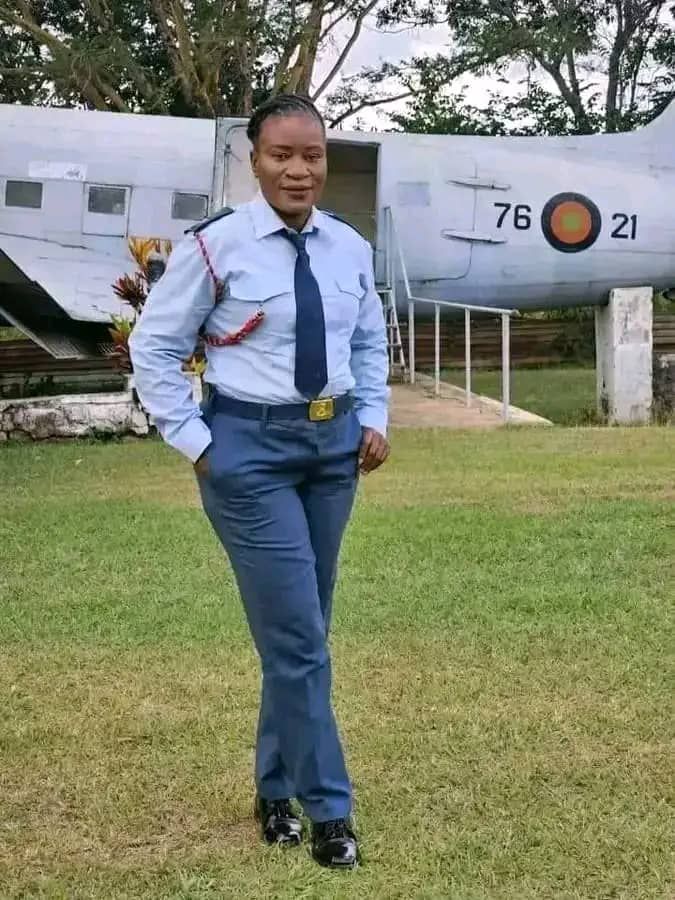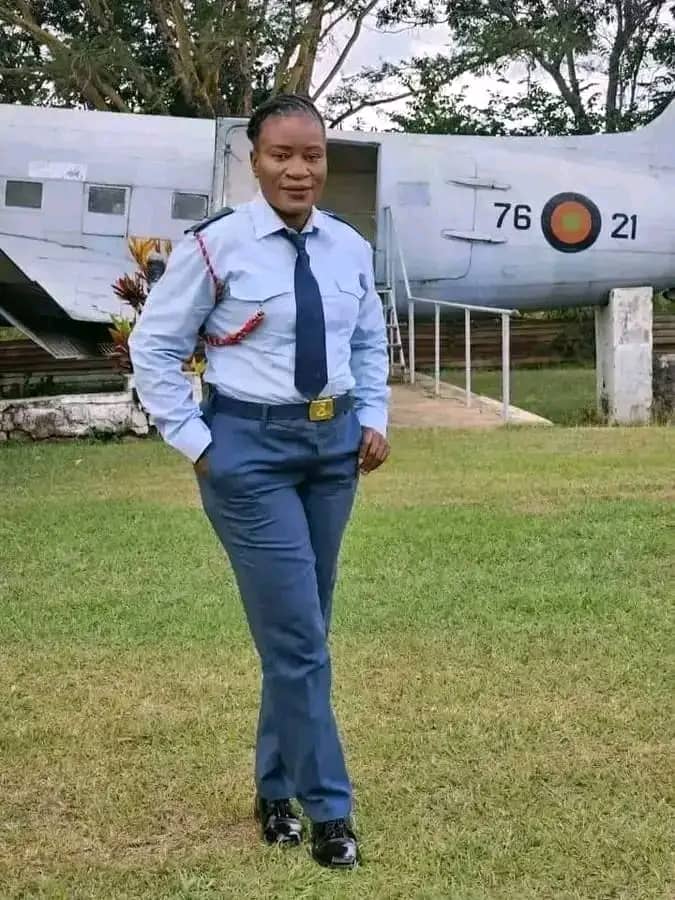By Burnett Munthali
The recent Commission of Inquiry into the tragic Dornier plane crash, which claimed the lives of Vice President Dr. Saulos Chilima and eight others, has provided significant insights into the events surrounding the crash. A key piece of testimony comes from Major Selemani, who played a central role in the flight decisions leading up to the disaster. According to her testimony, the decision to take a direct route instead of the normal flight path was influenced by the challenging weather conditions the crew encountered earlier in the day.
In her statement to the Commission, Major Selemani explained that the decision to switch to a direct route was made after encountering severe weather conditions during an earlier flight from Mzuzu Airport to Kamuzu International Airport (KIA). This flight, which occurred earlier that day, took the aircraft along the usual flight path, known as W601, but faced unexpected weather disruptions.
According to Major Selemani, the crew experienced turbulence, poor visibility, and other challenging atmospheric conditions that made it difficult to continue on the planned route. She further clarified that the decision to opt for a direct route was meant to minimize the risk posed by these adverse weather conditions.

The testimony highlights the pivotal role that weather played in the flight decisions made that day. The weather conditions on the original flight path, W601, were deemed too dangerous for continued travel. Major Selemani noted that, based on the experience of the earlier flight, the crew decided that the direct route would offer better chances for a smoother journey, although it came with its own set of risks.
The decision to change the route reflects a common practice in aviation, where flight crews may alter their planned paths based on real-time assessments of weather conditions. However, as the Commission’s investigation has pointed out, this decision, while made with safety in mind, may have ultimately contributed to the tragic outcome.
This testimony is significant in the broader context of aviation safety. Weather conditions are a key factor in the operation of flights, and pilots and crew members are often required to make quick decisions when faced with severe conditions. The choice to divert from the normal route in this case was driven by the crew’s experience of the earlier flight, but it also underscores the importance of accurate weather forecasting, real-time data, and continuous monitoring during flights.
The crash, which occurred later that day, has sparked intense scrutiny into the weather-related decisions made by the flight crew. Although Major Selemani and the rest of the crew acted with the intention of ensuring the safety of the passengers, the outcome suggests that the weather conditions may have been too severe to safely continue the flight, even on the direct route.
The testimony of Major Selemani is one of many pieces of evidence that the Commission of Inquiry has collected to better understand the causes of the crash. By analyzing the weather conditions, flight data, and crew decisions, the Commission has been able to paint a clearer picture of the events leading up to the tragedy.
The inquiry is also examining the broader context of aviation practices, including how crews are trained to handle bad weather, the technology available for weather prediction, and the role of air traffic control in guiding flights through hazardous conditions. These insights will help shape future safety regulations to prevent similar incidents from occurring.
The testimony of Major Selemani serves as a reminder of the complexities involved in aviation decision-making. Flight crews are often faced with difficult choices that can have life-or-death consequences, and the pressure to make the right decision in a split second can be overwhelming. While weather may have influenced the decision to take a direct route, the tragic outcome of this flight calls attention to the need for improved systems, communication, and procedures in aviation.
As the Commission continues its investigation, the insights provided by Major Selemani’s testimony offer valuable lessons for the aviation industry. The role of weather in aviation safety cannot be overstated, and the tragic crash has prompted calls for enhanced protocols for managing adverse conditions. The hope is that, through careful examination of the events surrounding the crash, future aviation practices will be strengthened, ensuring safer journeys for all.



